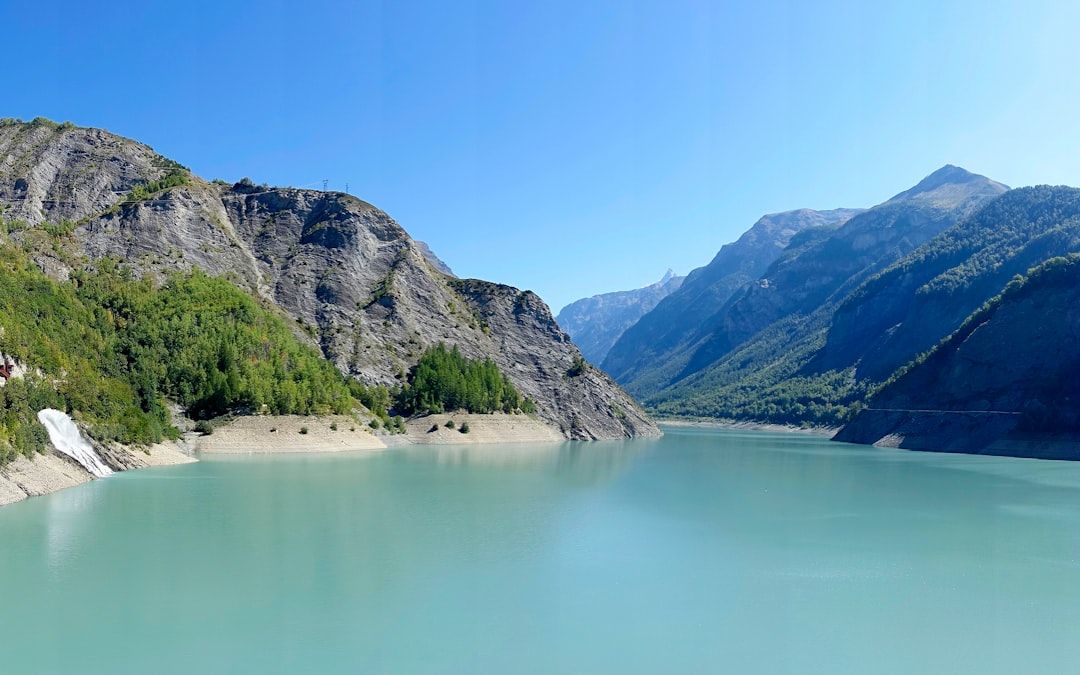Hydropower: A Historically Underutilized Power
Hydropower has long been a cornerstone of energy production in Europe, representing a significant portion of renewable energy. With solid infrastructure and continuous production capacity, it offers numerous advantages, particularly in terms of reducing CO2 emissions. Yet, this energy source is often overshadowed by the enthusiasm for solar and wind power. Why? One of the main reasons is the perception of dams as heavy and impactful infrastructures for the local environment.
Spain and the Closure of Its Dams
Spain, once a leader in hydropower, has recently closed several of its dams. This decision is partly due to the desire to reduce impact on aquatic ecosystems and protect biodiversity. However, it was also influenced by energy policies favoring solar and wind energies, considered more modern and innovative. Nevertheless, this transition is not without consequences. In fact, dismantling dams results in a loss of decarbonized electricity production capacity, which could hinder greenhouse gas emission reduction goals.
Environmental Challenges of Solar Energies
Although solar energy is often highlighted as a green solution, it is not without its criticisms. The manufacturing of solar panels involves the extraction of rare minerals, a process that can be highly polluting and severely impact the land and water of affected regions. Furthermore, managing waste from panels at the end of their life poses a growing problem. Thus, while solar offers advantages in reducing emissions during its use, its upstream and downstream environmental impacts should not be overlooked.
Comparison of Impacts: Hydroelectricity vs. Solar
Hydropower presents significant advantages compared to solar. Firstly, it offers stable energy production, unlike solar, which depends on weather conditions. Moreover, dams have a longer lifespan than solar panels, requiring fewer replacement cycles and therefore less waste production. Finally, hydroelectricity contributes to water resource management, a major asset in regions affected by drought.
Statistics and Perspectives
In 2020, hydropower accounted for about 16% of the total renewable electricity production in Europe. However, its growth is stagnant compared to solar and wind energies, which have seen increases of 15% and 30% respectively during the same period. To achieve the EU’s climate goals, it is crucial to reassess the potential of hydroelectricity. By combining hydroelectricity with other renewable sources, Europe could optimize its energy transition while minimizing its ecological footprint.
Conclusion: Towards a Reassessment of Hydroelectricity
Hydropower in Europe has the potential to play a key role in the energy transition. Although solar and wind are often favored, it is essential not to overlook the advantages of hydroelectricity. By reassessing this energy source from a sustainability and efficiency perspective, Europe could not only achieve its climate goals but also ensure stable and environmentally friendly energy production.
Sources:
[Report on Hydropower in Europe]
[Study on the Environmental Impacts of Solar Energy]
[International Energy Agency Statistics]


